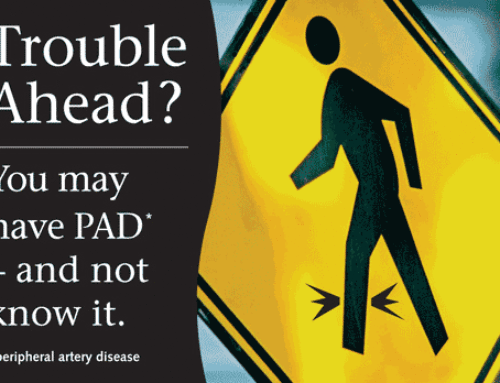February is American Heart Association Heart Health Month. The main thrust of this year’s AHA campaign is to have individuals focus on “knowing their numbers” so that they can participate in maintaining their heart health.
Despite advances in technology and pharmaceuticals, the prevalence of cardiovascular disease (CVD) in the United States continues to rise. With current conditions, it is expected to continue to rise for years. The cost of addressing cardiovascular disease alone (including coronary disease, hypertension, stroke and congestive heart failure) runs into the hundreds of billions of dollars annually.
It is important to know that CVD is PREVENTABLE. By participating in one’s own care, one may prevent CVD. So, people “know thy numbers.”
Number 1: Know Thy Blood Pressure
Number 2: Know thy LDL (bad cholesterol) level
Number 3: Know thy Triglyceride levels
Number 4: Know thy HDL level
Number 5: Know thy Fasting Glucose level
Number 6: Know thy Waist Circumference/weight
Number 7: Know thy Ejection Fraction (ability of the heart to pump blood
Know your numbers so you can act upon them:
The Metabolic Syndrome is a group of risk factors that if found in a person may increase the risk of developing CVD. Abdominal obesity, high triglyceride/low HDL/high LDL, elevated blood pressure, insulin resistance/glucose intolerance, increased clotting activity of the blood, and evidence of inflammation(e.g. elevated C-reactive protein) are all components of the Metabolic Syndrome. The presence of three or more of these entities in a given individual may constitute the diagnosis of the Metabolic Syndrome.
Know thy waist circumference/weight!
A waist circumference of greater than 40 inches in men and 35 inches in women is part of the Metabolic Syndrome. The fat cells that accumulate in the waist are not benign. They are living cells that manufacture different types of hormones and growth factors that may adversely affect one’s health. The higher the weight, as measured by the Body Mass Index (BMI), the higher the likelihood of Hypertension, Diabetes Mellitus and CVD. The fat must go! It is not an easy task. There are several published diets that, if followed, can start the progress. Increasing fruit and vegetable intake and reducing fat and cholesterol intake is a good start. If you are searching for guidance consult your doctor.
Know thy LDL/HDL and Triglycerides!
Lowering the bad cholesterol and raising the good cholesterol is essential especially if one has other risk factors for CVD. In most cases aim for an LDL less than 100. Aim for less than 70 if there multiple risks for or documented CVD. Triglycerides should be lowered as well. Medications and diet are available to address these problems. While some of the medications possibly have unwanted side effects, the beneficial effects far outweigh any risks of complications. If you want to take control of your lipid status, consult your physician.
Know thy glucose!
Again, obesity leads to diabetes. Knowing that dangerous sugar levels are present may move one to lose weight and change dietary habits. Exercise is also an integral component of controlling sugar and weight. Moderate exercise for 30 minutes a day, at least 5 days a week, is indicated. For more information, consult your physician.
Know thy blood pressure!
A risk factor for CVD, blood pressure could also be the sign of other potentially life-threatening medical problems. A normal blood pressure is less than 120 millimeters of mercury systolic (top number) and 80 millimeters of mercury diastolic (bottom number). By reducing weight, eating a reduced-fat diet rich in fruits and vegetables, restricting salt intake, exercising regularly (30 minutes daily most days of the week) and limiting alcohol intake one can lower blood pressure. A weight loss of 10 kilograms (22 pounds) may lead to a 5-10 millimeter of mercury reduction of blood pressure. Medical therapy is also available to help lower the pressure. For more assistance contact your physician.
Know thy Ejection Fraction!
Ejection fraction is the percentage of the blood that returns to the heart from the lungs that gets pumped to the body. It can easily be determined by doing an ultrasound of the heart (echocardiogram). Normal Ejection Fraction is 50%-60%. Low Ejection fraction may be caused by active coronary artery disease, long-standing hypertension, viral infections and valvular disease most commonly. If the function is too poor there is risk of congestive heart failure and dangerous arrhythmias. Medications or implantation of an AICD (defibrillator) may be protective. So know thy Ejection Fraction.
It is hoped that people will start taking responsibility for their own health. Together with the physician, good cardiac health can be maintained. To do this, Know Thy Numbers.




